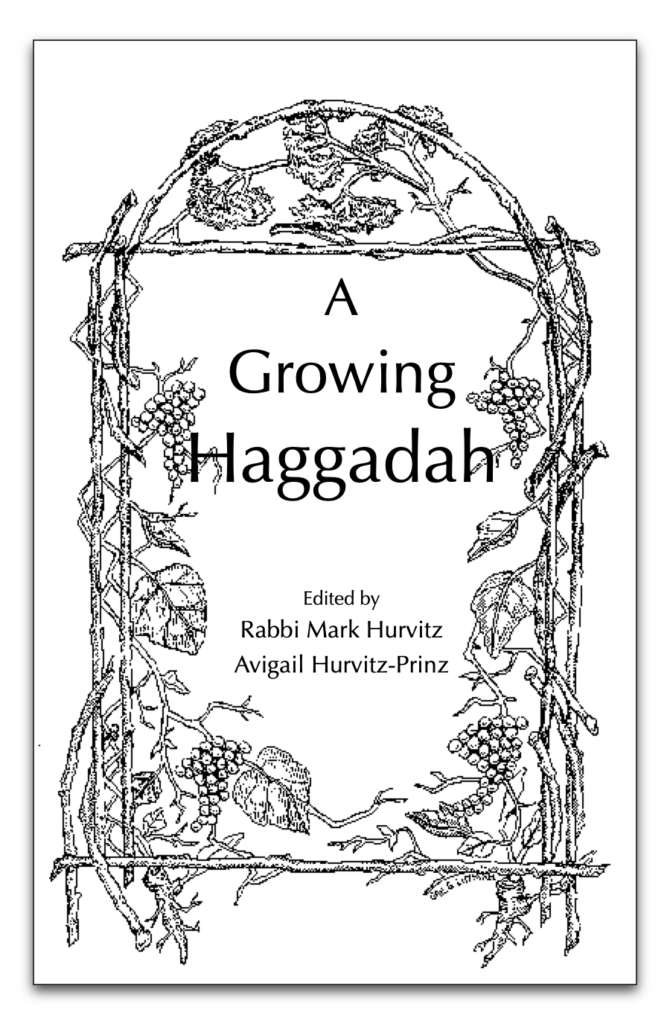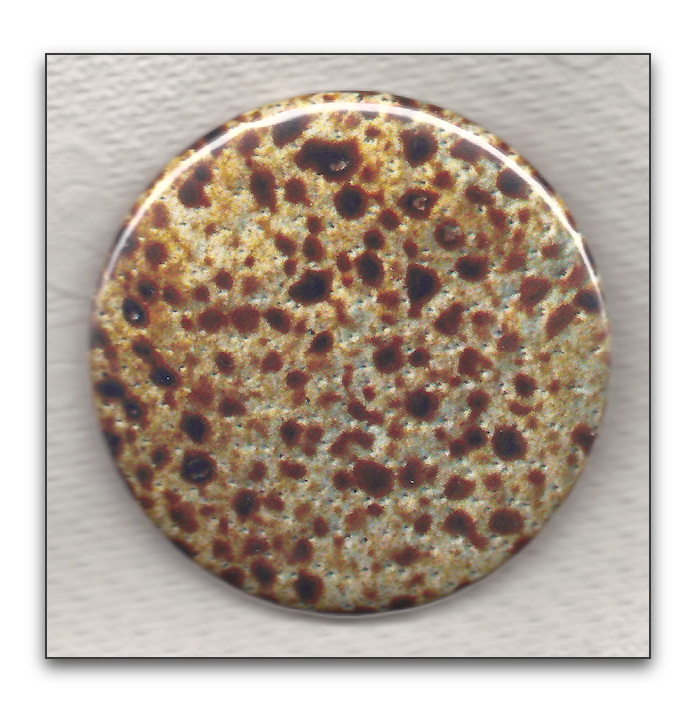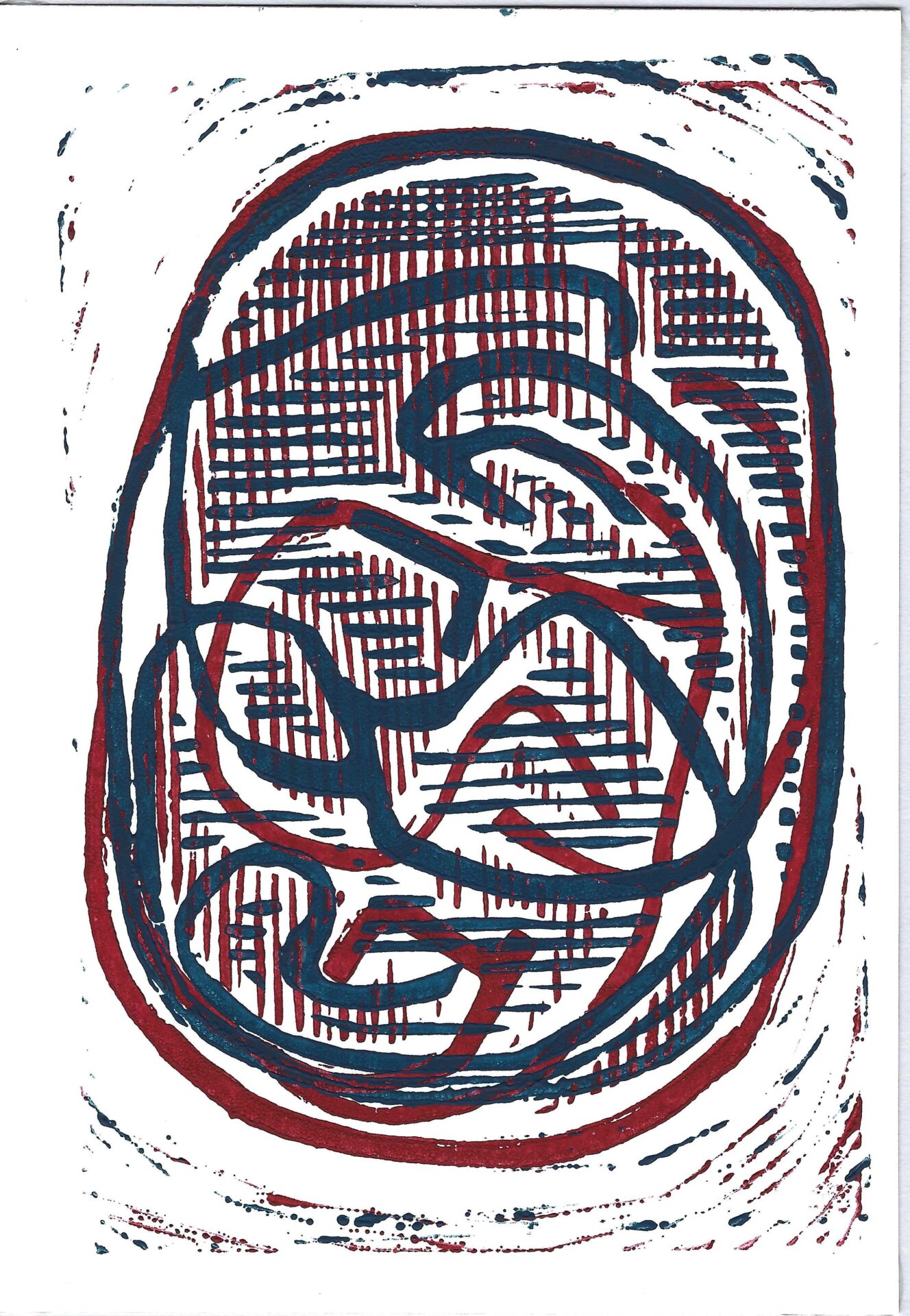New edition available for download
With Avigail’s editorial involvement, the

This is now a three-generation Haggadah. I brought the boxes Jay had labeled “Passover” and “Haggadah” to Poway from Los Angeles in 1989, a year after our return to California. In those boxes were Haggadot and other materials Dad had collected beginning in the early ’50s. Some of those tidbits found their way into this Haggadah. This text has moved on. Dad’s garden was extremely fertile; his presence still hovers over this Haggadah. Actually, it might never have existed were it not for the “HHH” (Hurvitz’s Humanist Haggadah). When I last skimmed that work (now many years back) I noticed little of it still apparent in this one (at this point, hardly even the Neertza, though I have restored some of the “bitterness” he experienced). Mom’s last typescript of Dad’s final edition is dated 1968, more than fifty years ago!
When I first started the project in this form (a “family” rather than a “community” Haggadah) Anne was a little girl and the only child regularly at the Seder. My approach was to adults. Anne now returns to her family Seder as an adult. Avigail, Noam, and Nora are adults and more than old enough to ask the four questions (a new generation has begun to take their place). This year, Avigail will host our Seder where Nora will join us, Noam and his family will be in Cincinnati with a different cluster. Avigail contributed a cinquain which she wrote during Seder in 1991. In 1998, as I did the paste-up she asked if she could help. Both she and Noam pasted in most of the graphics that year. A growing Haggadah continues to grow in different ways. In 2016 I produced “My Very Own Growing Haggadah” which consists almost entirely of individual pages with the heading from the medieval table of contents followed by a text such as: “What words, shapes, colors, and sounds do you imagine when you think of bringing people together?” and “What words, shapes, colors,to and sounds do you imagine when the Matzah breaks?” By now and for many years, since the entire Haggadah is on the computer, I’ve done all final editing myself. Avigail and Noam now ask different questions that grow out of the text. Many of the new changes are responses to them. A number of years ago Noam arranged for an
Why matzah?
The traditional explanation goes like this:
Matzah is the symbol of the “bread of poverty,” that is, the bread that poor people eat, which our ancestors ate as slaves in Egypt. It reminds us of the great haste in which our Israelite ancestors fled from Egypt. So little time did our ancestors have to prepare food for their escape, that they baked unleavened cakes of the dough they had brought out of Egypt.
Does Matzah Grow?
When we lived in Poway, CA, I saw something that looked as though matzah grew out of the side of a tree.
Rabbi Meir ben Tzipporah v’Nechemia haLevi teaches:
Judith came in from the fields where it appeared as though the whole community was out harvesting the new grain crop. The rains had ceased and the ground had dried enough to enable them to walk through the plants and collect the ripened sheaves. The stone house still felt damp from the winter and she helped her mother empty the storage urns of the remainder of the previous year’s grains.
The moisture had gotten into everything. They recognized the aroma of slowly fermenting wheat and barley and they did not want the old to contaminate the new. Judith’s mother even took the little wad of dough she always removed after kneading to put in a cool covered pot to help the next batch rise and added that also to the pile to take out and burn. They were so careful that after sweeping the stone floor with the palm fronds they took feathers and swept out the corners.
Judith thought about how the Chametz puffed up the bread she liked so much, yet considered how a similar spoilage often puffed her up with pride. She always felt cleansed as she warmed her hands with the heat of the burning Chametz. Both because it reminded her of the escape from slavery to freedom, the beauty of purity and simplicity and because she knew it would only take a week for her mother to create a new starter, Judith didn’t mind eating the Matzah her mother would make with the brand new dough.
a matzah button?!
There are a few buttons produced for Pesach. Almost all of them are novelty items. Others use the ideas of the holiday to make a political point. I’ve written about some of the political buttons in the past. This button usually draws consternation. It’s a bit hard to discern the image and its intent.

| Date: | 2010 |
| Size: | 5.715 |
| Pin Form: | clasp |
| Print Method: | celluloid |
| Text | [none] |
your lapel buttons
Many people have lapel buttons. They may be attached to a favorite hat or jacket you no longer wear or poked into a cork-board on your wall. If you have any laying around that you do not feel emotionally attached to, please let me know. I preserve these for the Jewish people. At some point, they will all go to an appropriate museum. You can see most of the buttons shared to date.

